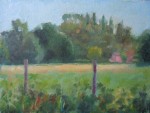
The camera shutter re-creates mechanically what magically happens to the human eye. Using the aperture opening, the shutter of the camera can limit the amount of light that enters through the lens. With automatic settings, the camera decides this opening when you focus.
The interesting thing is that the setting is adjusted according to what you focus on. If you set the auto-focus in a dark area, you block the strong light surrounding the area. On the other hand, if you set the auto-focus in the sky, which is usually the brightest area, you don’t pick up the subtleties in the darkest area.
The human eye does the same thing automatically. When I paint, I am aware that the piece of reality that I am concentrating on delivers information similar to a piece of a puzzle. The problem is seeing the WHOLE scene. This problem exists not only when looking at the entire scene that I’m painting but more importantly when I look at the entire painting.
Let me explain something called High Dynamic Range. HDR is a photographic or imaging technique that allows a greater dynamic range between the lightest and darkest areas of an image. HDR images capture the range of intensity levels from direct sunlight to faint starlight.
Normal cameras take pictures at one exposure level with a limited contrast range. This results in the loss of detail in bright or dark areas of a picture, depending on whether the camera had a low or high exposure setting. HDR compensates for this loss of detail by taking multiple pictures at different exposure levels and stitching them together to produce a picture that is representative in both dark and bright areas. So you can obtain both the brightest brights and the darkest darks of a given scene in one picture. You can see some examples of this kind of photography here.
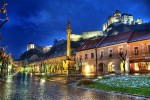
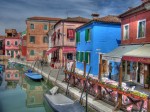
The first thing you will notice is the surreal quality of the atmosphere. This kind of photography or imaging is used in fashion publicity so it may seem familiar. However, there is always the sensation of a photomontage. In other words, different photos mixed together, which is exactly what it is.
In painting, the painter is responsible for mixing the dark and light elements together while painting. It is an intuitive and spontaneous act. Upon finishing the picture, the painter can ‘scan’ the entire painting and ‘accept’ the combinations that have been manipulated in a definite assessment.
For me, this is why paintings have always produced a ‘surreal’ effect on me. In my own painting, since it is impossible to capture the nuances of colour in both the bright and dark areas simultaneously, I carefully decide the right balance through my own artistic choice. Of course this is where I declare my own subjectivity and also explains precisely why the term ‘realistic’ is far from the truth.
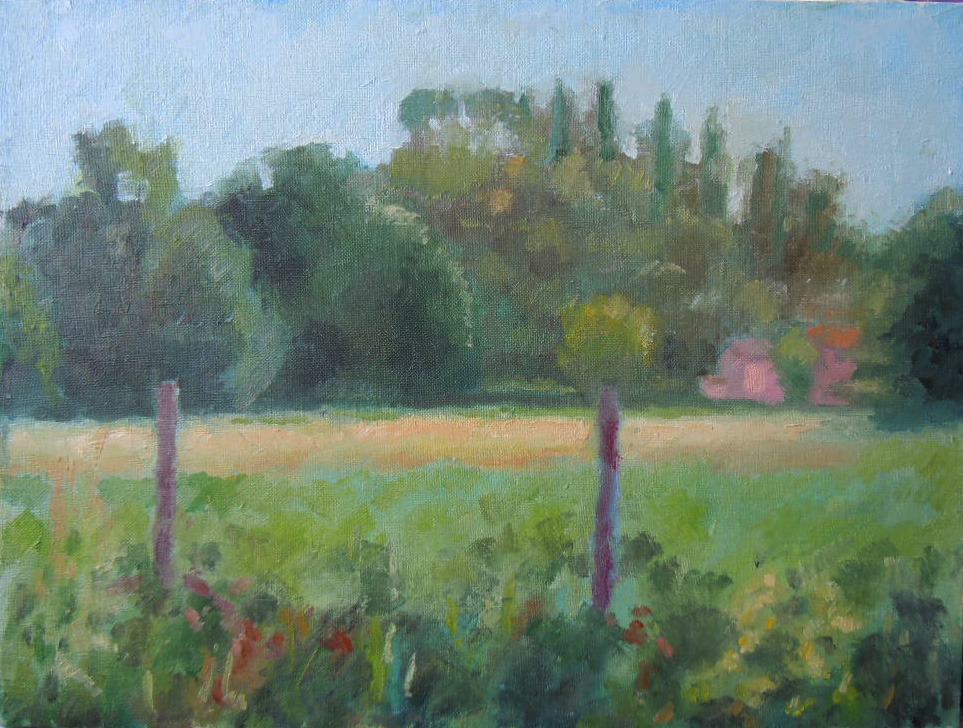
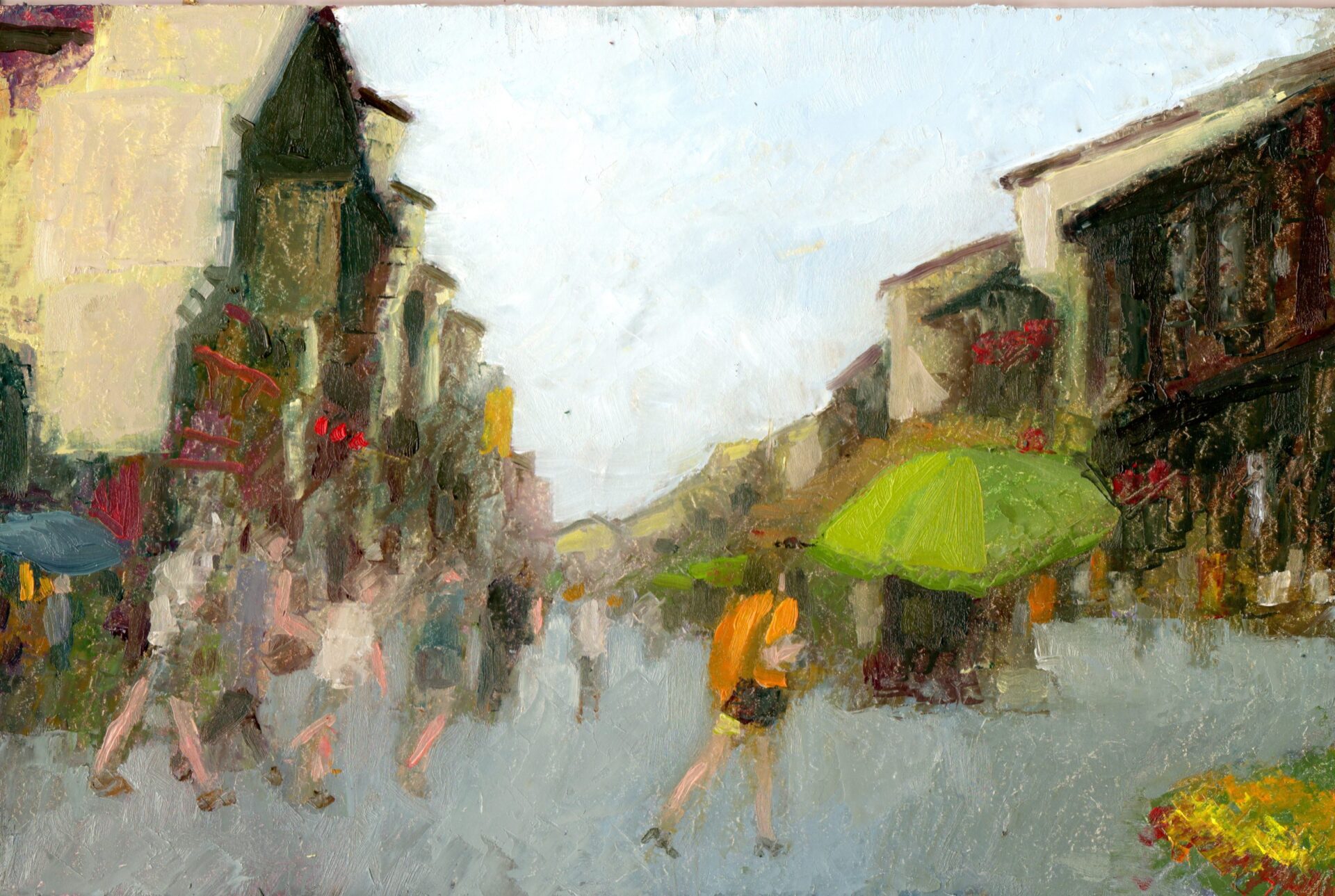
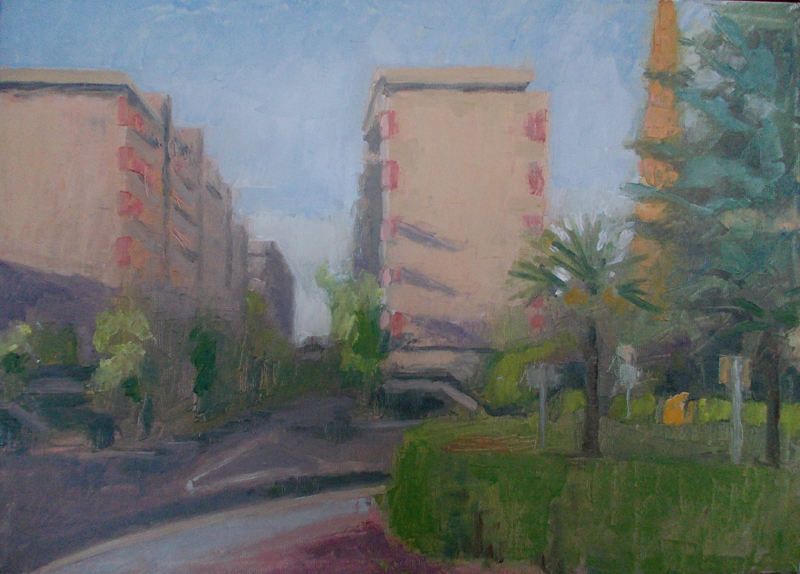
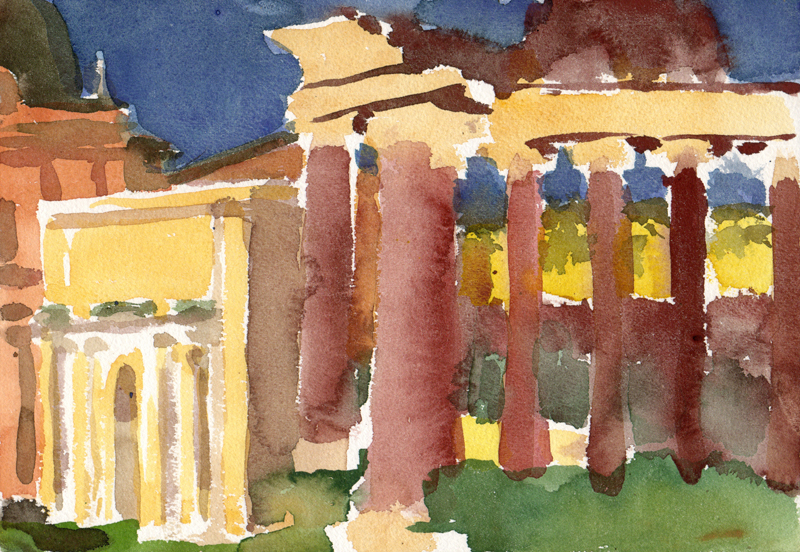
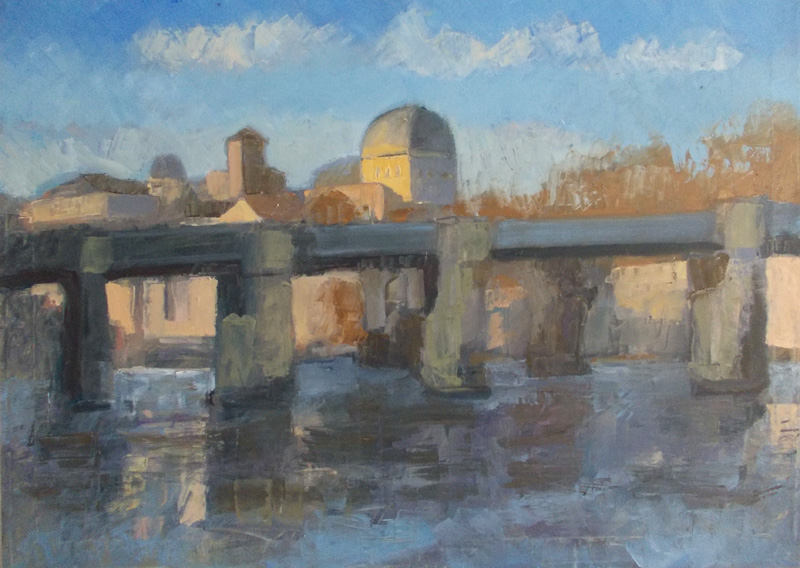
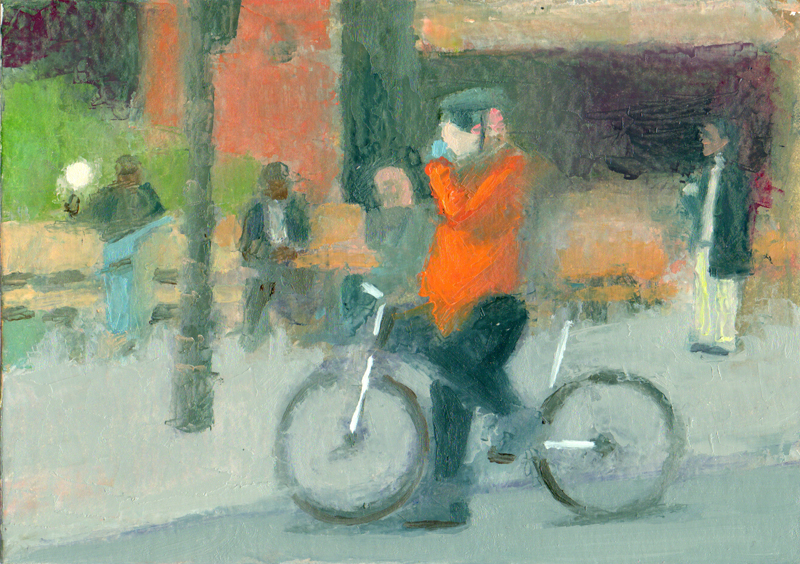
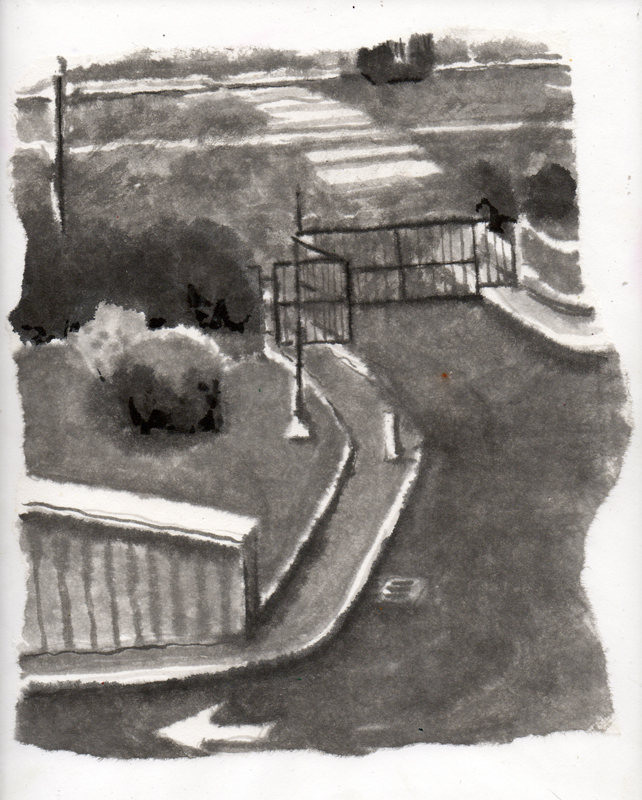
[…] interest to isolated places of urban disorder. I have asked myself about the relationship between painting and photography. Now I am asking myself about the relationship painting and […]